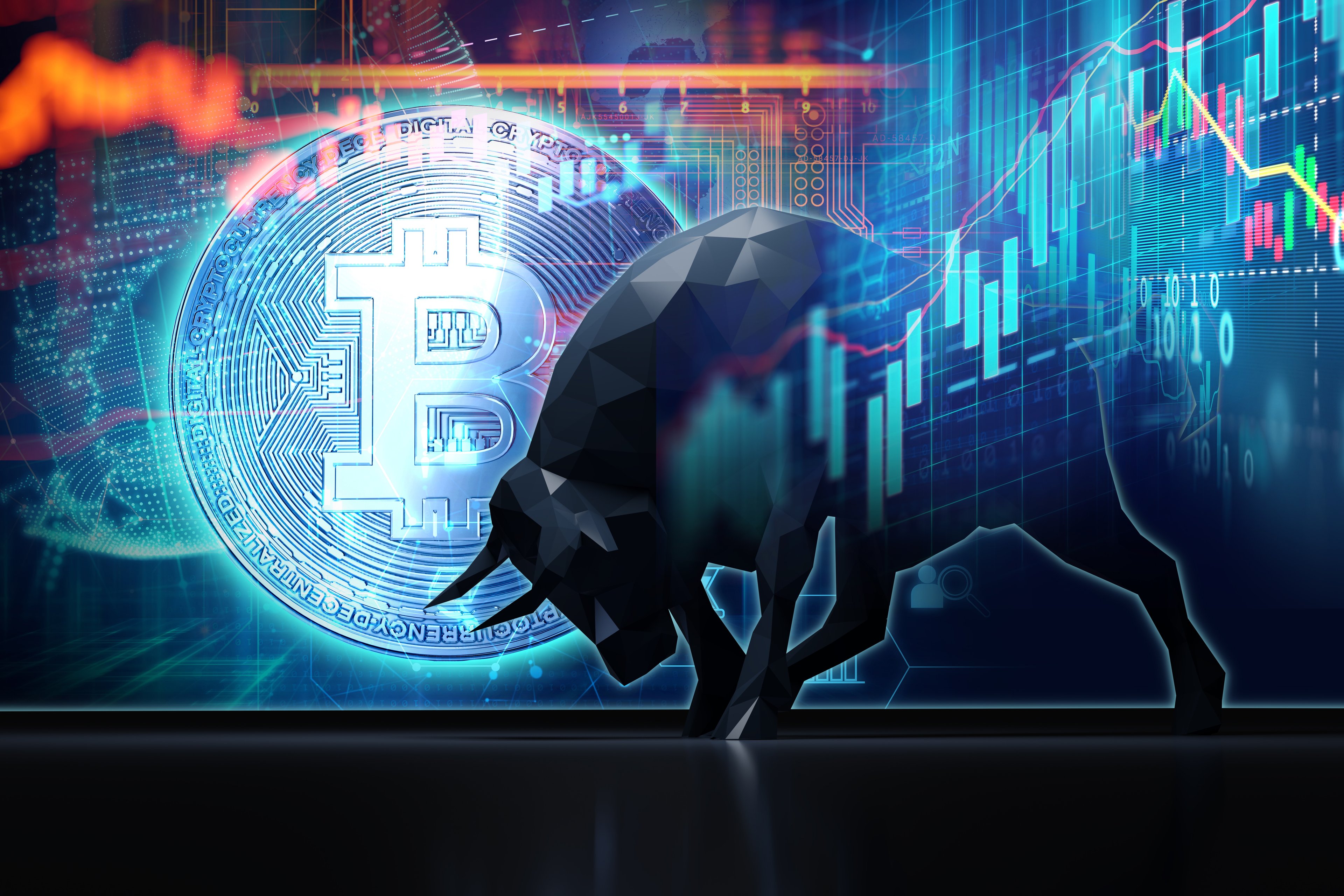XRP (XRP +1.54%) may be one of the most hotly debated cryptocurrencies in an industry known for its fast-paced action and volatility.
Despite being the world's third most-valuable cryptocurrency, it has been marred by controversy, primarily stemming from a protracted legal battle between the crypto's creator, Ripple, and the Securities and Exchange Commission (SEC).
Since the Trump Administration assumed office, regulators have begun to pull back from their efforts to appeal a mixed 2023 ruling regarding Ripple's sale of XRP to public exchanges and institutional investors. This persistent dark cloud over XRP may soon lift.
It's a positive development, but it's just one of multiple factors that could affect XRP's price over the coming years. Here is what will ultimately make XRP a success for cryptocurrency investors, as well as what the next five years might hold.

Image source: Getty Images.
The dust settling could be good news for XRP adoption
XRP is a native token of the XRP ledger, also known as the Ripple network. Ripple created it as a means to facilitate cross-border transactions, primarily for enterprises and governments.
Currently, money is typically transferred internationally via the Society for Worldwide Interbank Financial Telecommunication (SWIFT), a secure messaging network for banks to communicate. But SWIFT transactions can take hours -- or even days --and cost up to $50. On the Ripple network, parties can transfer funds by converting them into XRP in seconds, for almost nothing in fees.

CRYPTO: XRP
Key Data Points
Ripple and the SEC are currently in the process of winding down their long-standing lawsuit. In the meantime, opportunities are lining up for XRP in the financial markets:
- CME Group, the world's largest operator of financial derivatives exchanges, launched XRP futures earlier this year.
- Institutions are poised to introduce XRP exchange-traded funds (ETFs).
- Ripple has applied for a national banking charter, which would provide the company with more regulatory clarity.
As XRP becomes more prevalent in the financial sector, banks, enterprises, and governments are more likely to use the Ripple network for cross-border transactions. Investors should look for this to play out during the next five years as the dust settles.
XRP's value may already reflect a lot of good news
Investors can be forward-looking, and that seems to be the case with XRP. Although its market price has rebounded from their lows, it remains about 20% off of its all-time high. The token has a fully diluted market capitalization of $180 billion.
As one of my Motley Fool colleagues pointed out, that makes it comparable in value to some of the world's largest payment processing companies. It's not quite apples-to-apples, but these companies operate on a far greater scale than Ripple, so it seems premature to suggest that XRP would carry a comparable value.
The SWIFT network reached more than 4 billion accounts last year. The Ripple network currently has just over 28,000 active accounts. This highlights just how small Ripple still is in the broader financial sector.
It's not that XRP and Ripple can't grow and take market share from the SWIFT network, but it's not a given, either. For some parties, the reliability and established reputation of SWIFT outweigh the time or cost savings of a less-proven alternative.
Where will XRP be in five years?
Predicting cryptocurrency prices is like throwing darts. The Trump Administration's support for cryptocurrency and the launch of XRP-based financial products bodes well for the token. It could have significant long-term price upside, especially if Ripple can mount a meaningful challenge to the SWIFT network's dominance in cross-border transactions.
If signs of this emerge during the next five years, I suspect that XRP could do very well from here. What would that look like? Watch for sustained growth in active accounts and network payment volume, as well as for Ripple to form partnerships with high-profile financial institutions, companies, or governments.
Nothing is certain, so consider XRP a speculative investment despite its size, and expect price volatility. Its market price may have gotten ahead of itself, but the reality is that it still shows more promise for real-world applications than many other cryptocurrencies.






